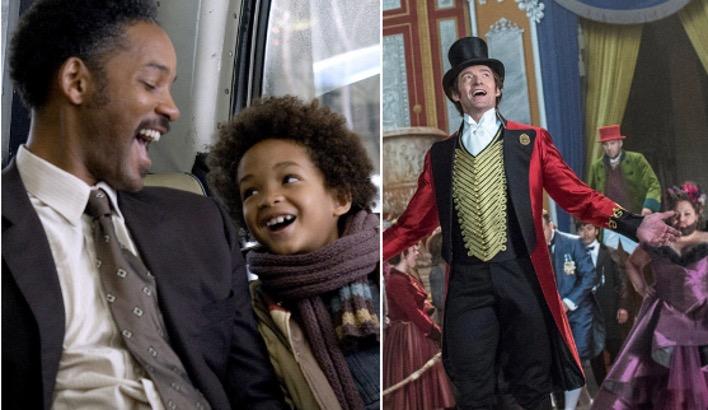A much bigger audience is drawn to the idea of watching a film that’s based on a true story. They feel it is something they can readily relate to, and they’re excited to learn about history in a fun way. Knowing that the events that transpire in the narrative are real makes audience members feel that such things could happen to them too. This raises the level of interest in seeing such films.
Unlike fictional movies, the general assumption is that none of the scenes were invented or falsified. The story as a whole may be intact, still true to a point, but many of these films have been altered for dramatization purposes. The filmmakers are lying, in a way, by creating Hollywoodized plots that appeal to our thirst for drama, intrigue, and neatly tied up stories. Let’s take a look at some of the worst offenders.
The Incidents of “Fargo” Were Separate
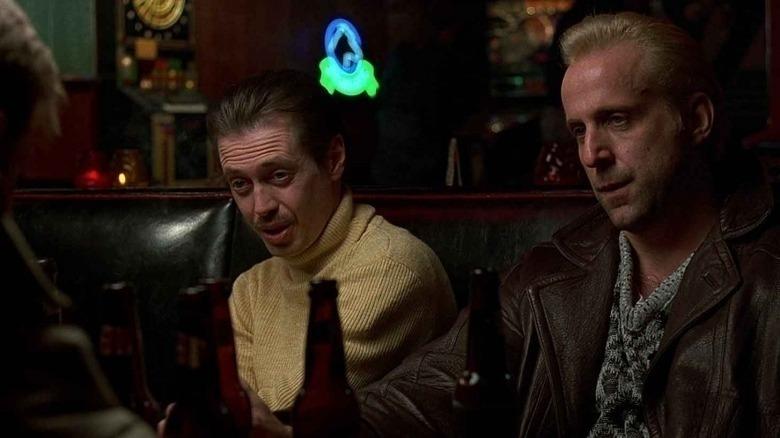
More than two decades after the movie Fargo was released, the truth behind the story was revealed. It turns out that most of the events that played out in the 1996 film were a product of the imagination.
In an interview with The Huffington Post, writer Joel Coen revealed that it was based on a mashing together of two real incidents: a guy defrauding GM Motors in the ‘60s and a man who murdered his wife in Connecticut. The stories were blended and heavily fictionalized.
“Argo” Diminished Canada’s Role
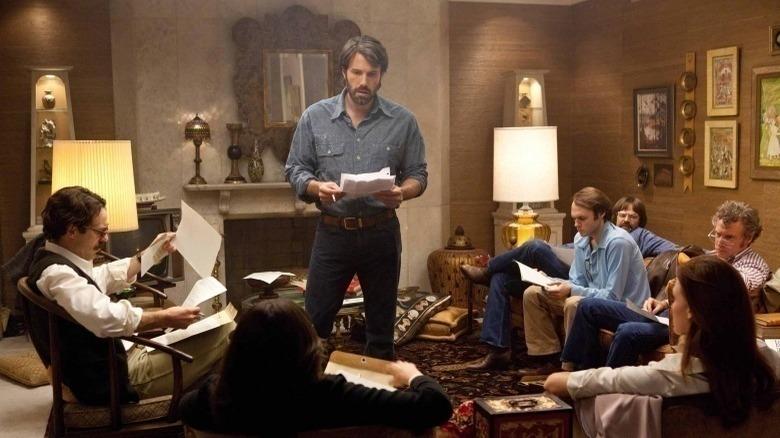
This historical drama about the Canadian Caper back in 1979 has been lauded by movie critics for its sustained intensity in depicting how six US diplomats were rescued from Iran and harbored in the home of the Canadian ambassador.
However, the extent of Canada’s role in their escape was diminished in the film, giving more credit to the CIA. The events happened during President Jimmy Carter’s term, and the former president himself didn’t hesitate to comment that 90% of the ingenious plans were devised by the Canadians.
Exaggeration in 1993 film “Rudy”

Daniel Ruettiger’s unquenchable desire to play football for the University of Notre Dame is beautifully portrayed in the sports biography film Rudy. It has been deemed one of the best sports movies of all time.
Even this biographical story has some stretched scenes, specifically in the part where Rudy’s teammates convinced their coach to let him play by laying down their jerseys on his table. Another fictitious moment comes in the climactic scene where the crowd keeps chanting Rudy’s name before he enters the field.
The Inaccuracies of “Foxcatcher”
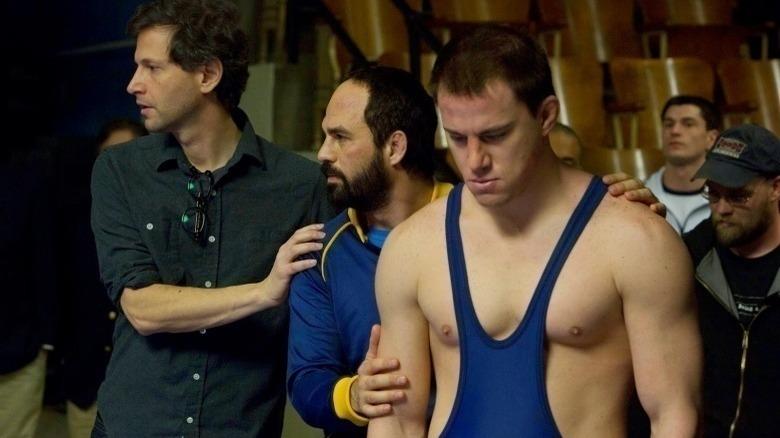
From the final cracks of John Du Pont’s revolver that killed Dave Schultz, it actually took days before the authorities could capture the billionaire murderer. The movie Foxcatcher does away with all that, turning the end of the otherwise biographical story into a work of fiction.
The story focuses on Du Pont’s enthusiasm for supporting (wrestling) Team Foxcatcher and skips the period where he announced that he was terminating his annual financial contribution worth $400,000. Also, Mark (Dave’s brother) didn’t really quit wrestling after he left Foxcatcher, as the movie implied, but actually coached for years at Brigham Young University.
“American Sniper” Was Inaccurate from the Start
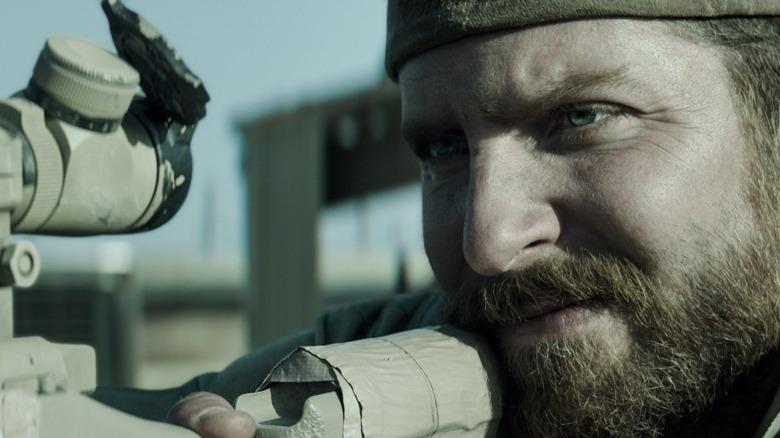
In spite of the many accolades the film has received, American Sniper was riddled with historical inaccuracies. First of all, it gives so much importance to Mustafa, Chris Kyle’s (played by Bradley Cooper) arch-enemy, who in reality was only mentioned once in his journal.
Kyle’s famous 2,100-yard shot wasn’t actually targeted at Mustafa but at another terrorist wielding a rocket launcher. Also, Kyle’s friend Biggles didn’t die soon after his surgical operation. He actually lived for several years after his ordeal. On top of these inaccuracies, it has been revealed that Kyle himself embellished his military record, so American Sniper is fiction piled on top of fiction.
“The Blind Side” Ignored Oher’s Version of Events
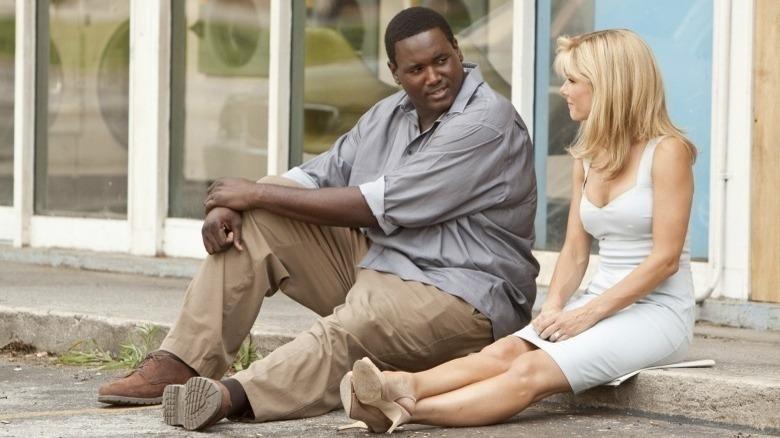
The Blide Side impressively portrays how Michael Oher was able to make it big in the National Football League, overcoming his tough economic conditions growing up. The film focused on the period after he was adopted by Sean and Leigh Anne Tuohy.
But Oher contests the narrative that he was taught how to play the game by his adoptive parent Leigh Ann. He had learned football in his younger years and has been studying it since. This pushed Oher to write an autobiography in 2011 to set things straight.
The Truth About John Nash of “A Beautiful Mind”
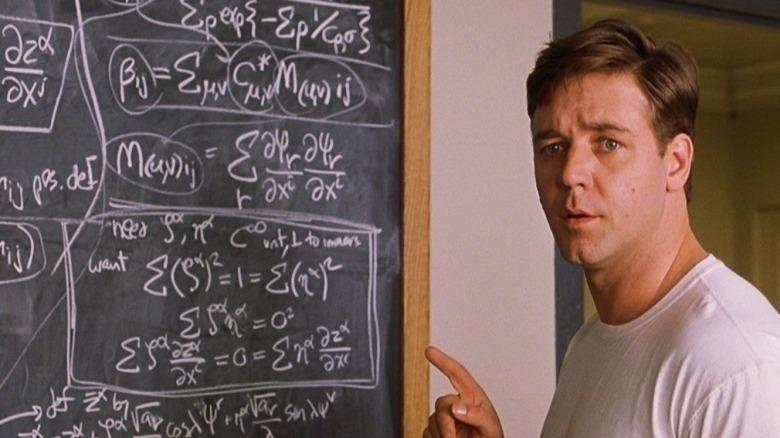
Critics barraged the makers of A Beautiful Mind, which is based on the life of mathematical genius John Nash, with questions about why they fictionalized events in the story. While the Nobel Laureate (Economics) did become a professor at MIT, the Wheeler Laboratory portrayed in the film never existed.
Nash was never involved with the Department of Defense, and to accept his Nobel Prize, he never went up the stage to give a speech. These elements were all added to the movie for dramatic effect.
James Hunt and Niki Lauda in the movie “Rush”

Were you excited to experience Formula One competition on the silver screen? The movie Rush fulfilled everyone’s big-screen racing dreams, but it also had its share of exaggerations. They added some antagonism between James Hunt and Niki Lauda, when in fact, the on-track rivals were so friendly that they were even housemates at one point.
Hunt and Lauda were buddies and used to go out partying together regularly. Contrary to the movie, Hunt didn’t beat up a reporter. The hostility certainly adds to the film’s flavor and intensity, but none of it was real.
The Real “Captain Phillips” Wasn’t So Likable
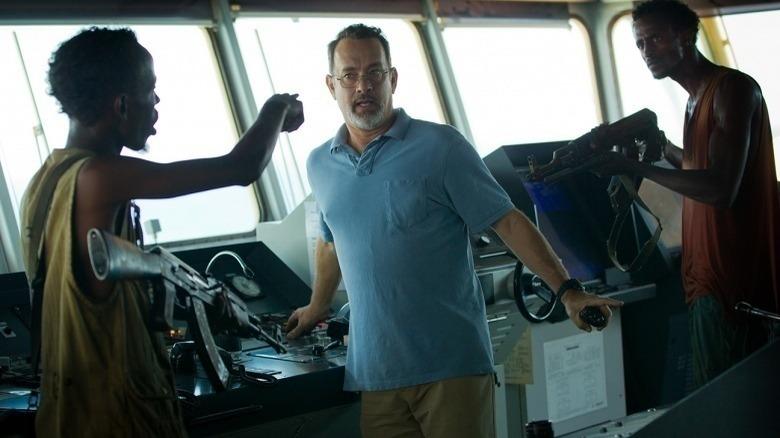
Despite the courageousness and acts of heroism attributed to Captain Richard Phillips during the hijacking of the Maersk Alabama in 2009, some say the ship might have escaped all that trouble had Phillips not violated safety protocols in the first place. In fact, reports suggest that nobody really liked to sail with him.
The real crew members describe the story portrayed in the film as a huge lie. The movie showed that they were attacked by pirates once, when in fact, there were two incursions. If there was a real hero aboard, the ship’s crew attest that it was Chief Engineer Mike Perry, who secured them below the ship during the raid.
Missteps in “The Walk”

Philippe Petit did more than just complete a tightrope walk between the World Trade Center’s Twin Towers. He did it eight times and even showboated for the cheering audience below. Prior to this incredible feat, the movie showed him falling into a lake while practicing. This never happened.
The movie failed to show that he once fell and injured himself while practicing at a circus. It was also shared with the audience that he only went to New York once to prepare for his Twin Tower walk, but Petit actually took three trips there with his team.
“The Texas Chainsaw Massacre” Misrepresented Ed Gein
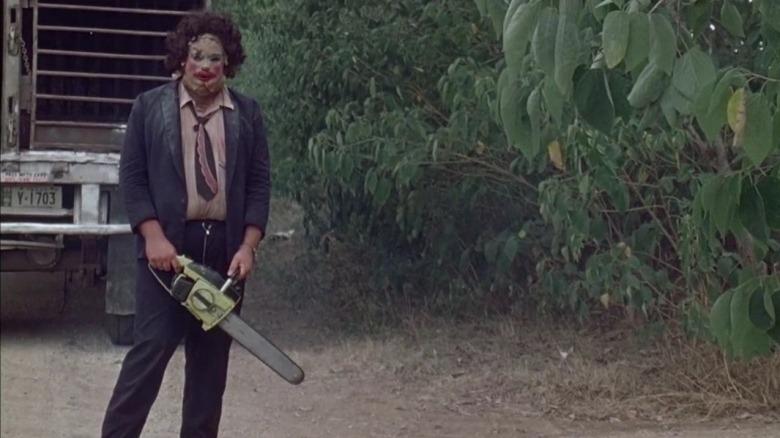
Advertising a gruesome movie like The Texas Chainsaw Massacre as a true story automatically captivates global attention. However, Ed Gein – the killer Leatherface is based on – only killed two people. The numerous victims portrayed in the movie were there for cinematic effect.
The massive killing spree and the background of Leatherface’s family were mere figments of the imagination. In reality, Gein was more of a body snatcher who collected gruesome articles from the dead. He did indeed make masks out of real human skin and containers out of skulls.
“The Pursuit of Happyness” Didn’t Have to Be so Bleak
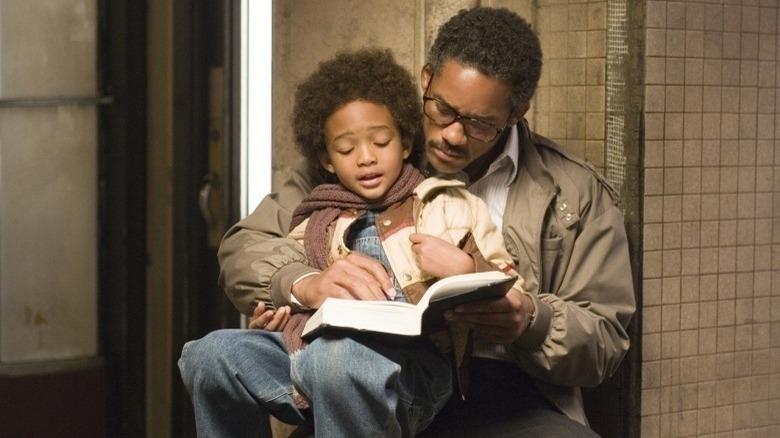
At the end of the movie, the audience walked out of theaters with a warm feeling of positivity and hope, satisfied with Chris Gardner’s success. His rags-to-riches story is indeed true, but Gardner wasn’t as poor as the film showed. He also didn’t work for free with Dean Witter. He was actually paid $1,000 monthly for ten months.
It is true that he sold medical supplies at one point, but he didn’t fall rock bottom selling DEXA scanners. The final inaccuracy surrounds his son’s age – the kid was only two years old when his dad was struggling, not five (as shown in the movie).

